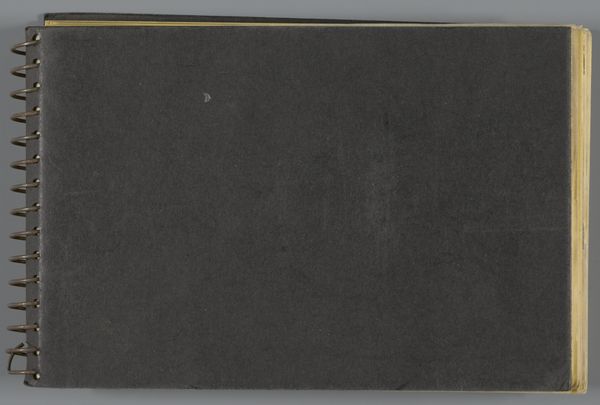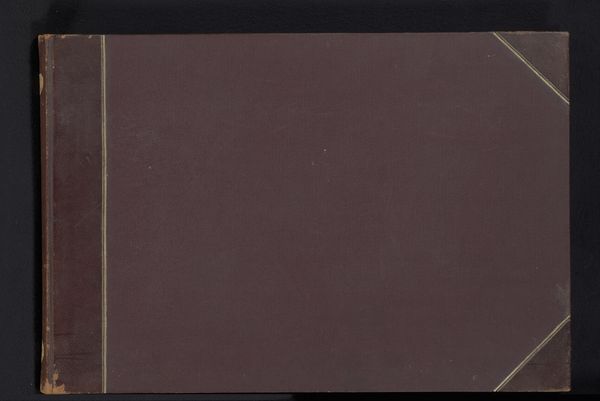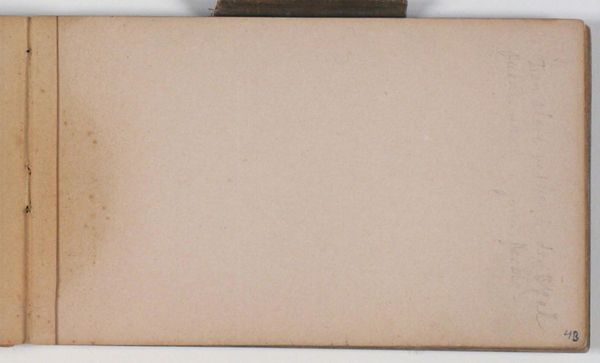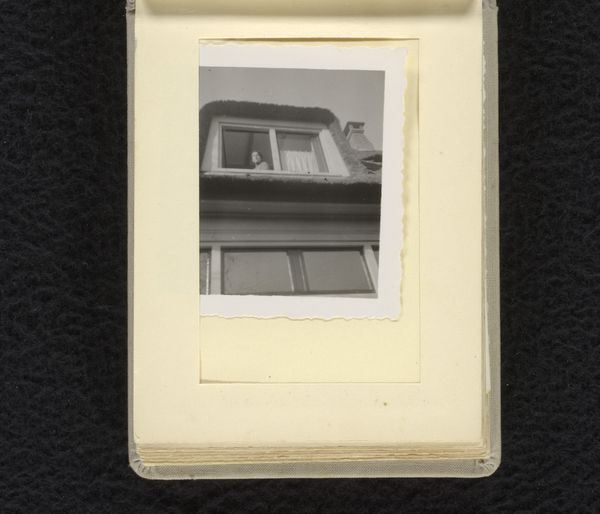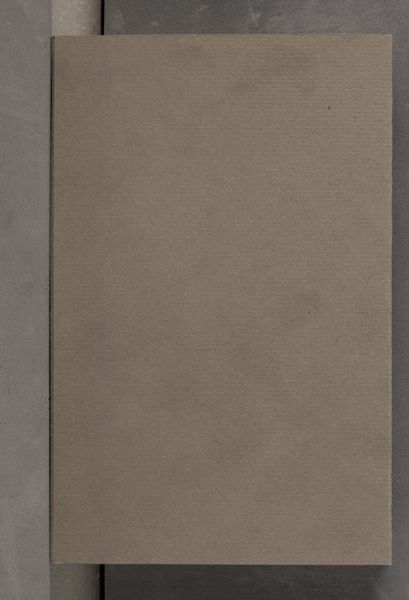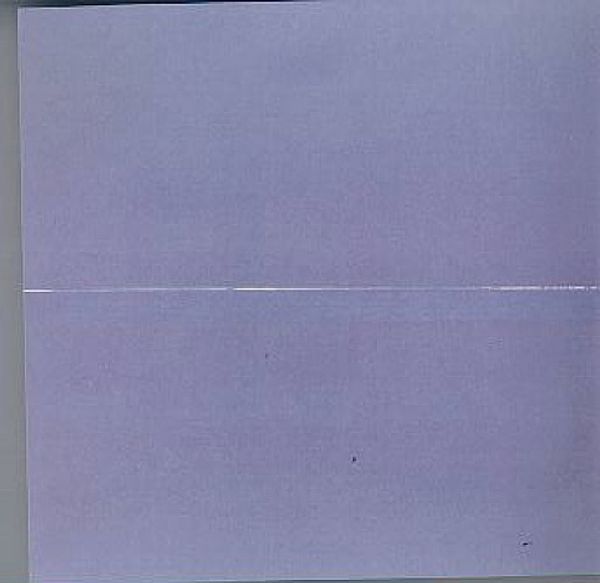
Microscoopopname van het gehoororgaan van een mens met het labyrint en het slakkenhuis before 1895
0:00
0:00
print, photography, gelatin-silver-print
# print
#
photography
#
gelatin-silver-print
#
academic-art
#
modernism
Dimensions: height 88 mm, width 178 mm
Copyright: Rijks Museum: Open Domain
Editor: This gelatin silver print, titled "Microscoopopname van het gehoororgaan van een mens met het labyrint en het slakkenhuis" or "Microscopic image of the human auditory organ with the labyrinth and cochlea" was made before 1895 by Gustav Fritsch. The image presents the inner workings of the ear with great clarity. What do you see in this piece beyond its scientific illustration? Curator: Well, stepping back, I see the socio-political context that made this image possible. This era witnessed an explosion of scientific inquiry, often intertwined with colonial ambitions and the objectification of the human body, particularly those deemed "other." This image, while seemingly objective, can be examined through the lens of power dynamics, prompting us to ask: Whose ears were being studied? Who benefited from this knowledge? Were these explorations undertaken equitably? Editor: That’s a perspective I hadn't considered. I was just thinking about how innovative it must have been to see something like this at the time! Curator: Precisely! The technology that enables us to visualize the inner ear, especially in this early photographic form, does have that initial sense of marvel, doesn't it? And in this regard it is undeniably tied to progress and scientific advancement of the late 19th century. Editor: So, it's a balancing act, seeing the achievement alongside the potential for exploitation inherent in the historical context? Curator: Absolutely. Analyzing art, even scientific art, requires critical engagement with its time. By interrogating these historical images, we can unravel the complex threads connecting science, power, and representation. Editor: I'm leaving with a completely different impression now. Thanks for showing me the social implications within the science of it all! Curator: My pleasure. Keep asking those critical questions; that's how we learn and grow!
Comments
No comments
Be the first to comment and join the conversation on the ultimate creative platform.







